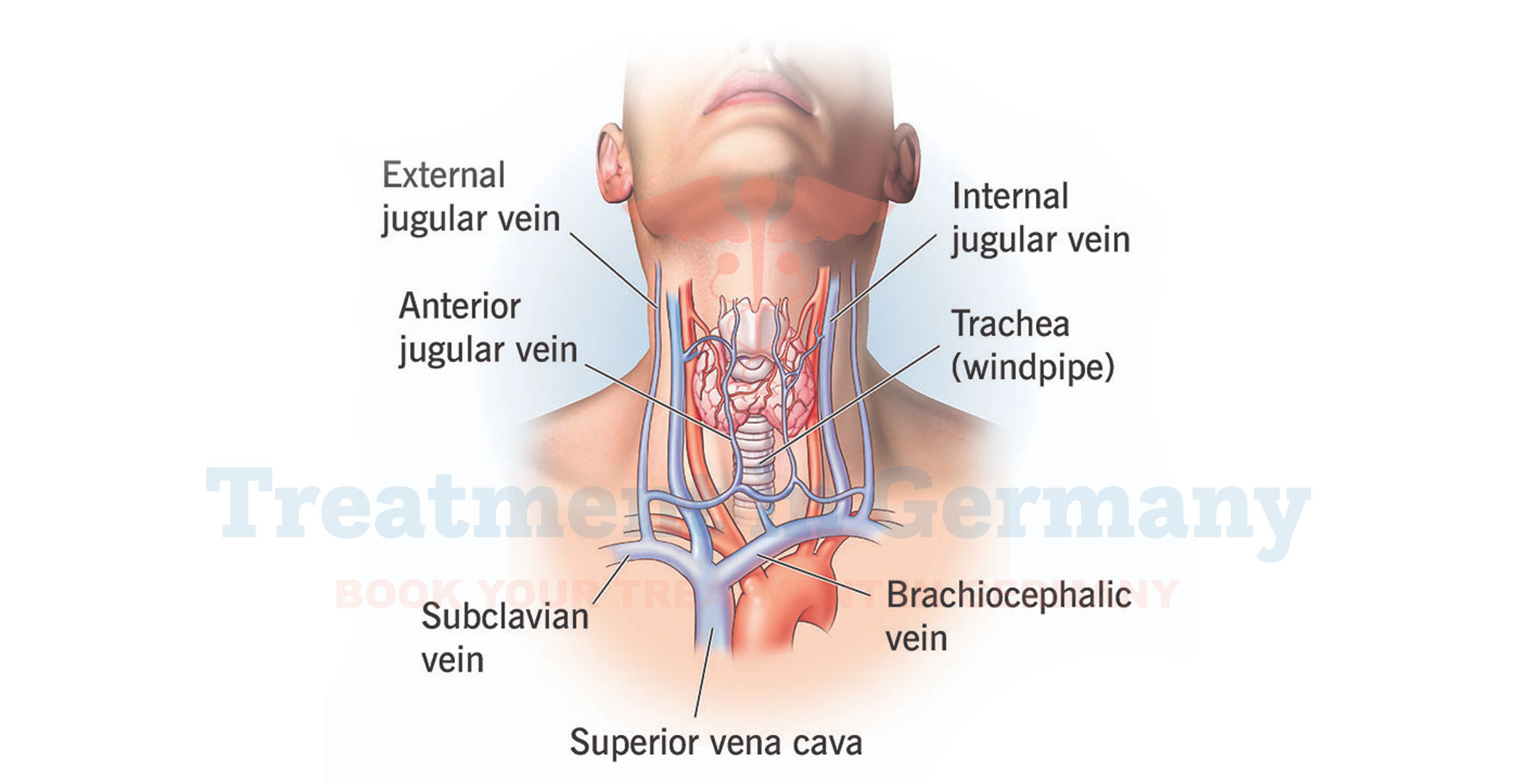What is Jugular Vein Thrombosis?
Jugular vein thrombosis (JVT) is a condition where a blood clot forms in the jugular vein, a major blood vessel that carries blood from the head to the heart.
This condition can occur due to various reasons, such as prolonged use of central venous catheters, infections, trauma to the neck, or underlying blood clotting disorders.
JVT can lead to potentially serious complications if not promptly diagnosed and treated.
Side Effects of Jugular Vein Thrombosis
The symptoms of Jugular vein thrombosis can vary depending on the severity and location of the clot. Common signs include swelling and pain in the neck, especially on one side, difficulty swallowing, and sometimes a feeling of fullness in the ear or face.
In severe cases, there may be noticeable discoloration of the skin over the affected vein or development of a visible neck mass.
How is Jugular Vein Thrombosis Diagnosed?
Diagnosing Jugular vein thrombosis typically involves a combination of clinical evaluation, imaging studies, and laboratory tests. Your doctor may conduct a physical examination to assess for swelling or tenderness in the neck.
Imaging techniques such as ultrasound, CT scan, or MRI may be used to visualize the clot and determine its size and location. Blood tests may also be performed to check for clotting abnormalities or underlying causes.
Potential Treatment of Jugular Vein Thrombosis
Treatment of Jugular vein thrombosis aims to prevent the clot from growing larger, reduce the risk of complications, and alleviate symptoms. Depending on the severity of the condition, treatment options may include:
👉 Contact us for further information and receive a complimentary consultation.

.webp)
.webp)
 (1).webp)
 (1).webp)

.webp)
.webp)
 (1).webp)
 (1).webp)
